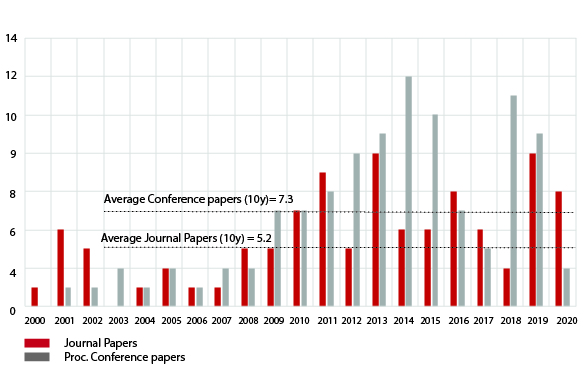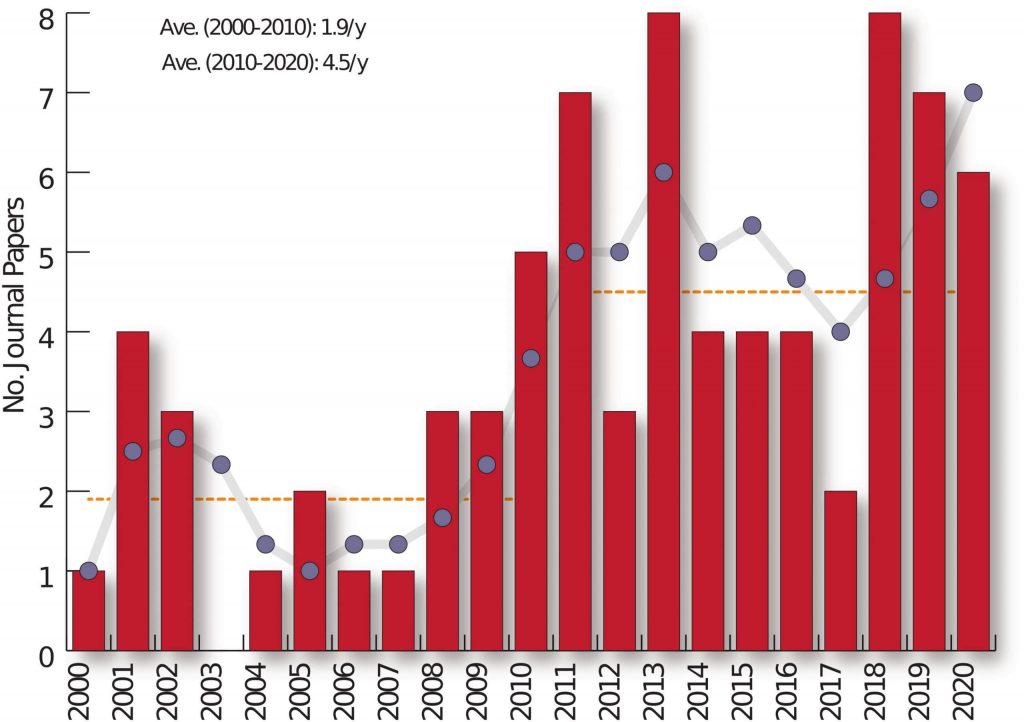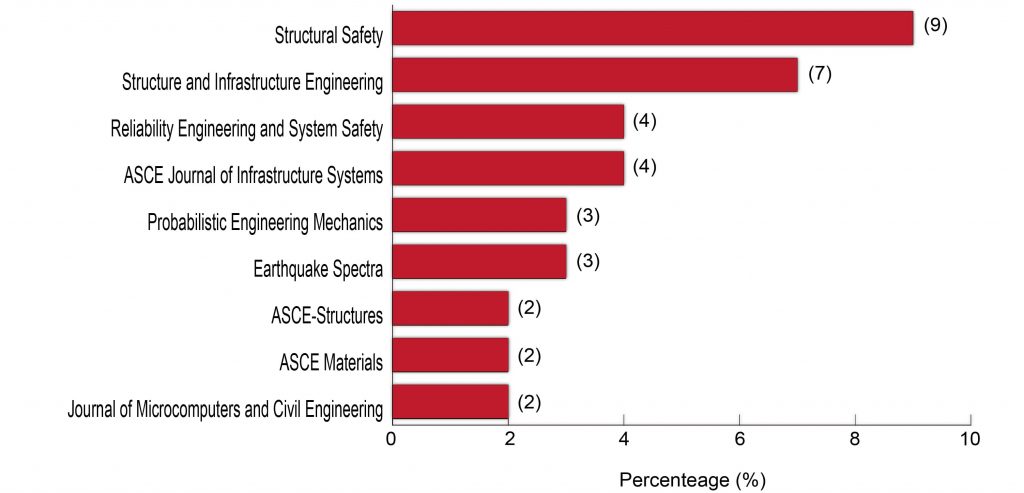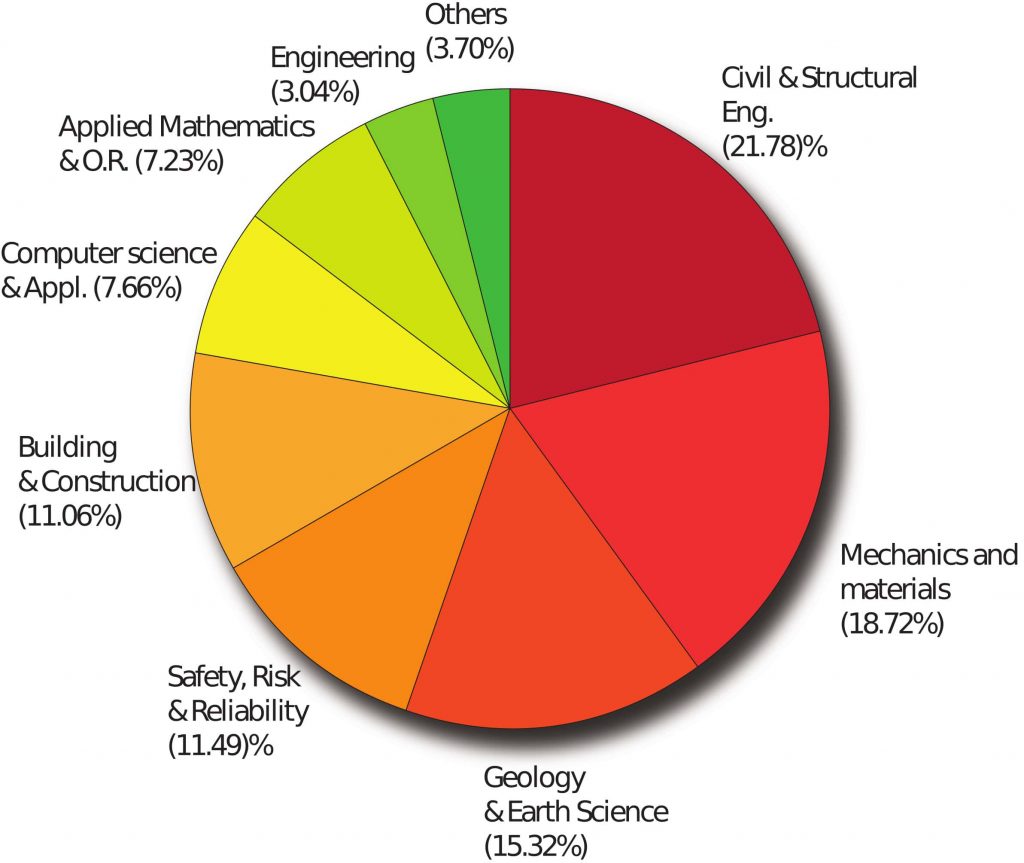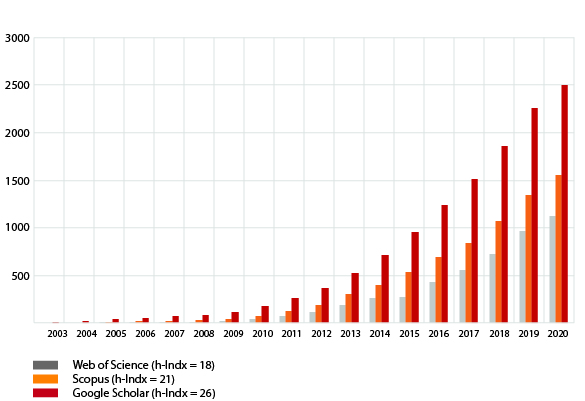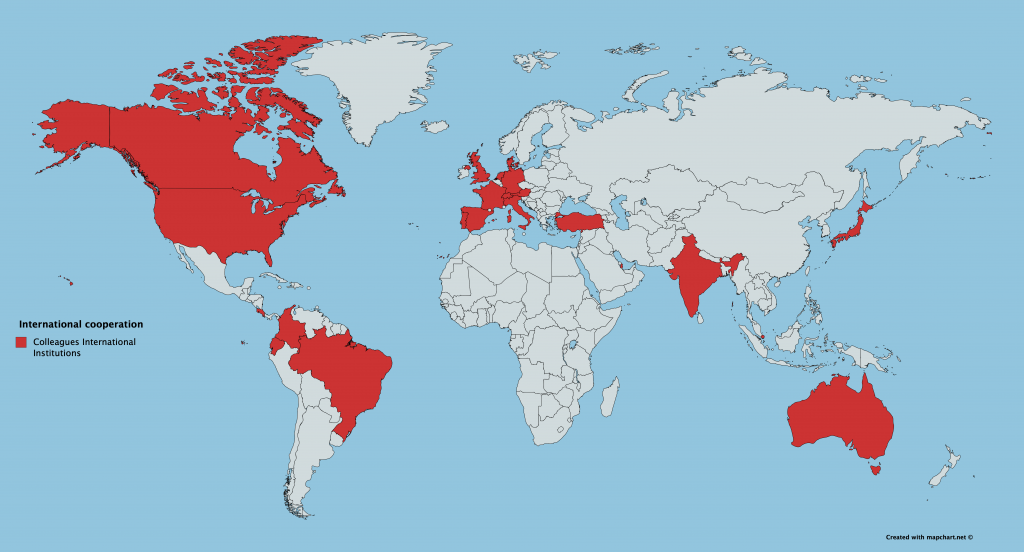


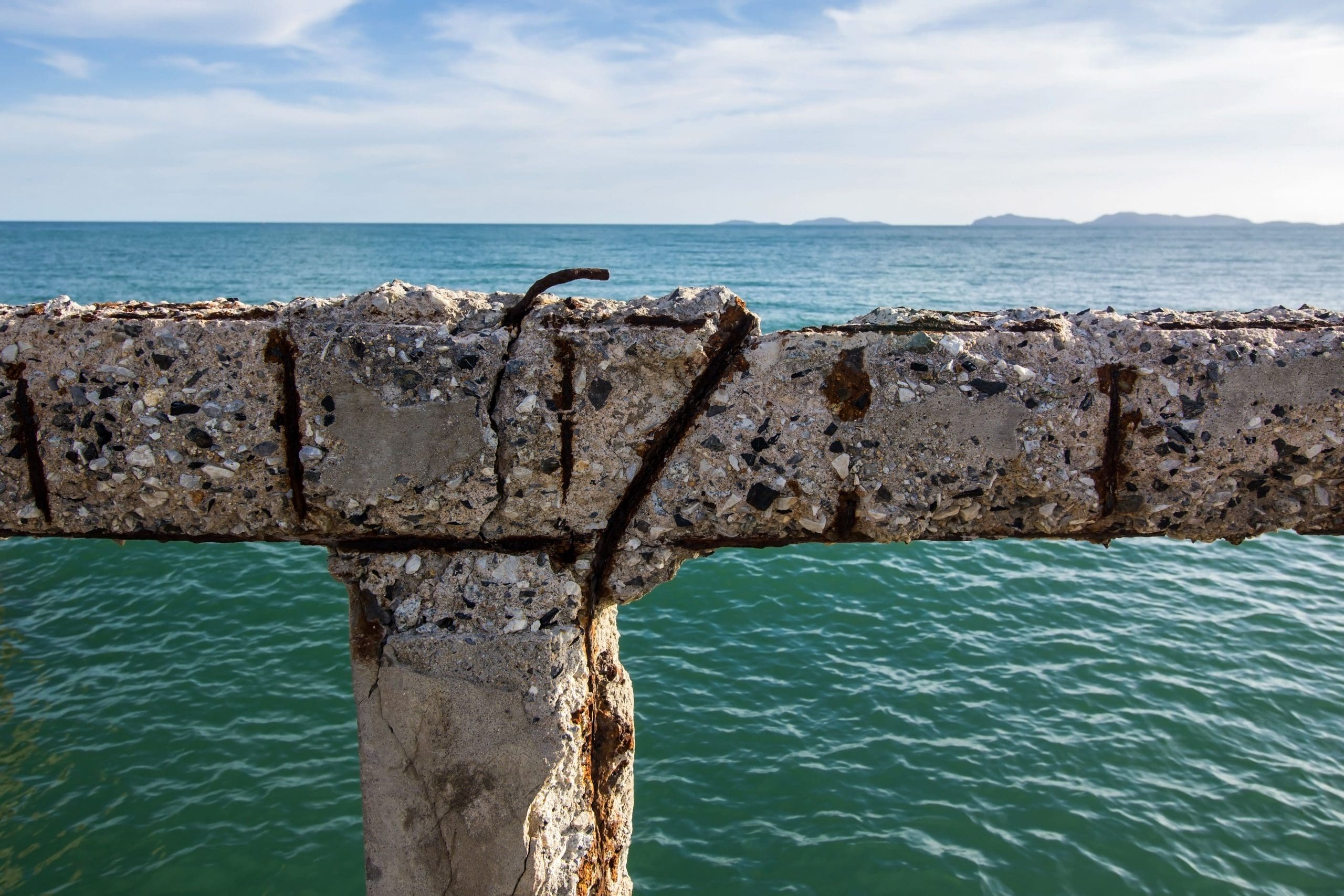
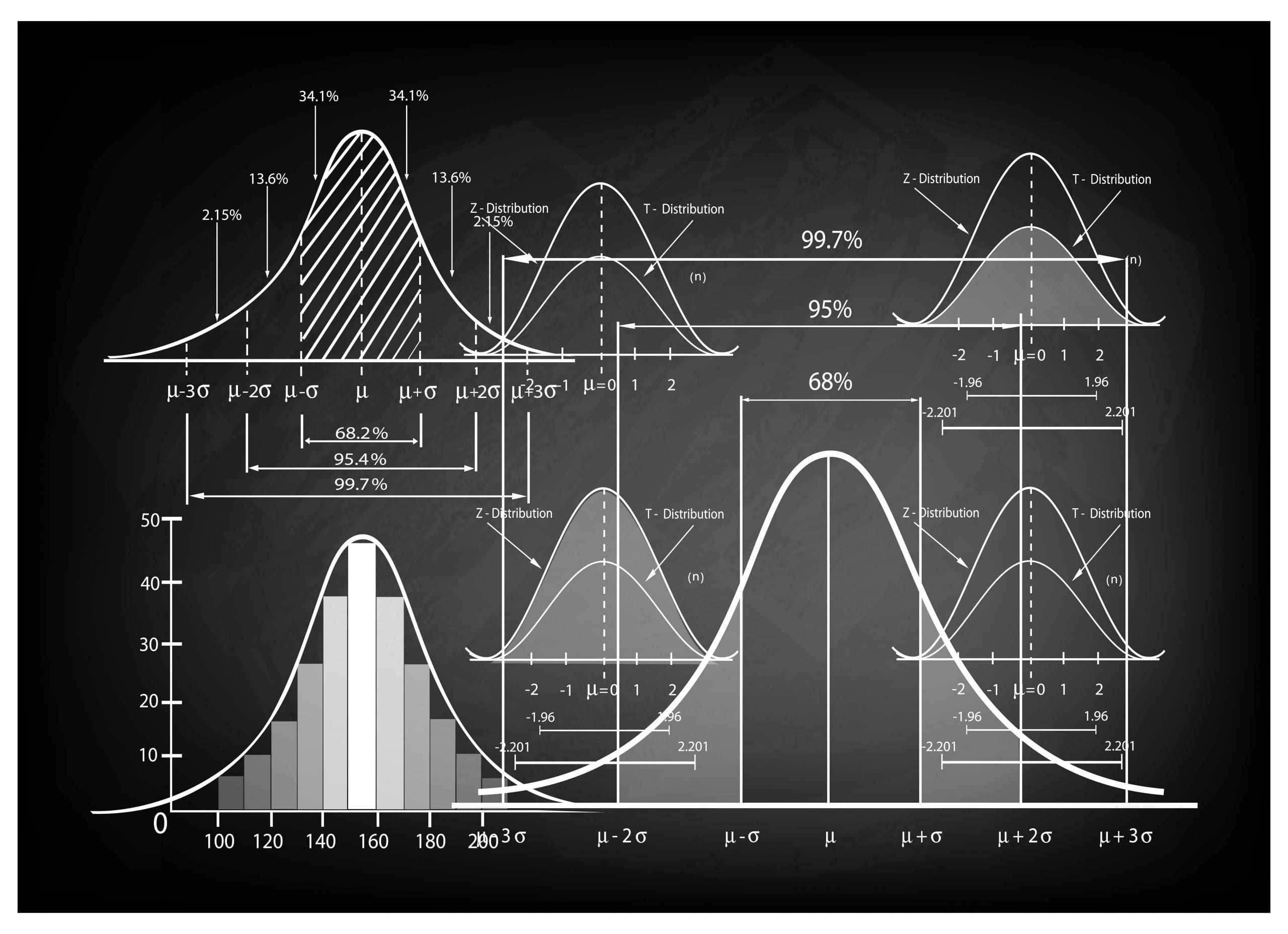



Traditional engineering designs are based on assumptions about long-term future demand scenarios (e.g., 75 years or more), which implies making large initial investments to accommodate demands that is highly uncertain. A modern design must be flexible and adaptable; it must be able to accommodate changes in demand, and adjust to the needs and interests of investors. Flexible designs are planned over reasonable time horizons and their structure is modified as the demand and the system performance demand it. Designing flexible and adaptable systems has an important impact on financial sustainability, business continuity and contributes to controlling CO2 emissions. Both flexibility and adaptability are the cornerstones of the construction and management of resilient infrastructure (systems).
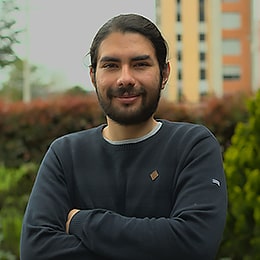
Samuel Torres
PhD Student
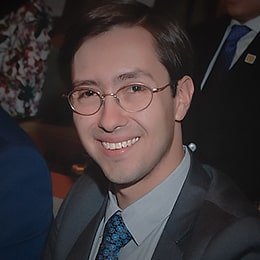
Daniel Villarraga
MSc Student

Jorge Mario Lozano
MSc Student
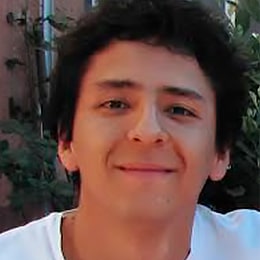
David Páez Pérez
MSc Student
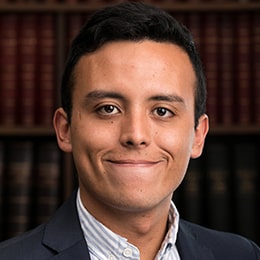
Santiago Zuluaga
MSc Student

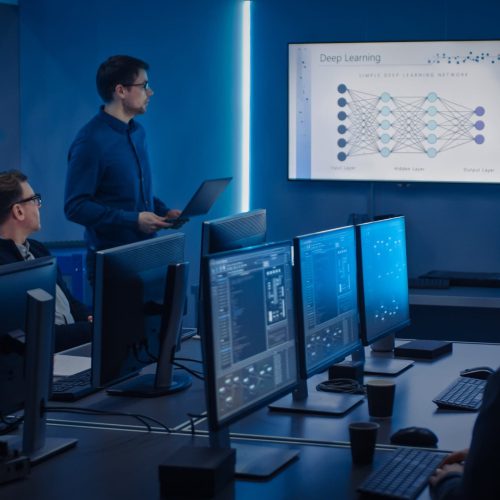
Decision-making is a central process in the design and operation of structures, infrastructure, and many other types of facilities. Good decisions facilitate the allocation of resources more efficiently. Making better decisions requires understanding the context, the complexity of systems, and their dynamics and evolution over time. In addition, it is necessary to understand the nature, interests and incentives of those who make the decisions. A good decision does not result from having better information or better models; It is derived from understanding problems in a comprehensive way, from building models that are dependable and consistent with problem needs, and from correctly assessing the implications of choosing a specific path. Modern engineering requires better decision makers.
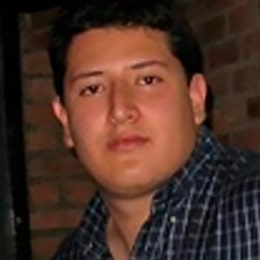
Andrés González
PhD Student

Camilo Gómez
PhD Student
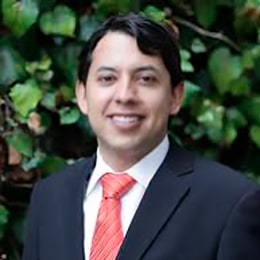
Andrés Virguez
MSc Student


The life cycle of a project includes all the stages through which a project passes, from its conception to its closure. In general, these include: i) conceptualization and planning; ii) construction and commissioning; iii) operation and monitoring; iv) delivery / abandonment. The life cycle cost analysis (LCCA) focuses especially on the relationship between the investment and the return derived from the existence of the project. The LCCA constitutes a modern way of understanding and modeling large engineering projects (e.g., infrastructure). It imposes additional restrictions to design and operation. LCCA integrates financial aspects, sustainability elements and the structure of the decisions made by the main agents (e.g., investors, regulators, etc.).

Camilo Gómez
PhD Student

Andrés González
PhD Student

Jessica Buriticá
MSc Student

Germán Lleras
MSc Student
Gómez C., Sánchez-Silva M., Dueñas-Osorio L., 2013, An applied complex systems frame- work for risk–based decision–making in infrastructure engineering. Structural Safety, 50, 66-77, DOI:
Gómez C., Sánchez-Silva M., Dueñas-Osorio L. and Rosowsky D., 2013, Hierarchical in- frastructure network representation methods for risk-based decision-making. Structures and Infrastructure Systems 9(3) 260-274

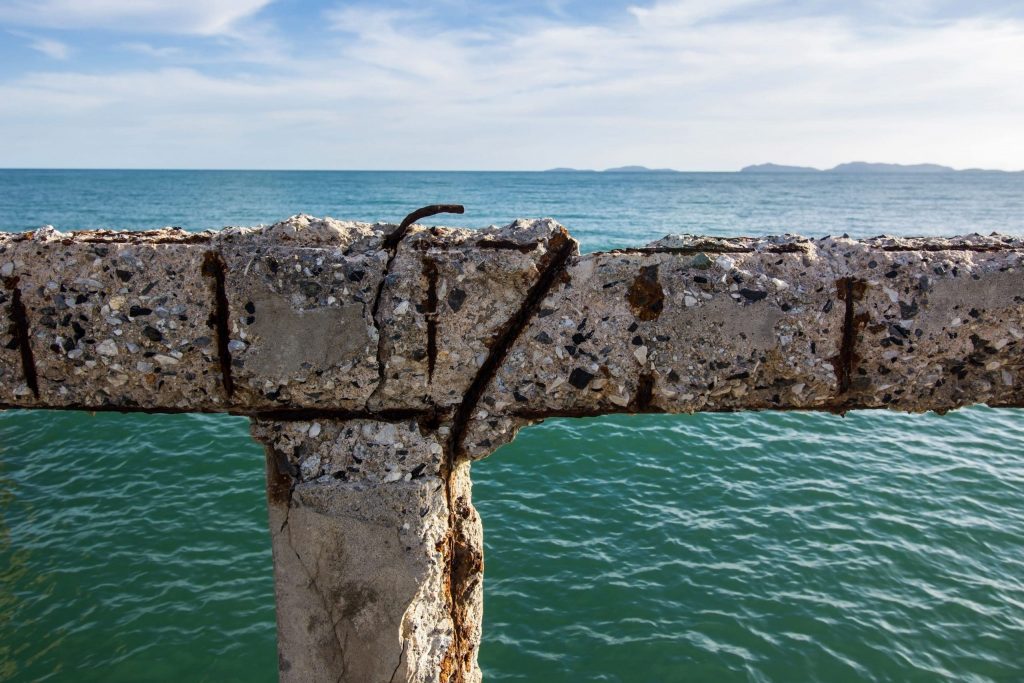
A central element in the design and management of structures and infrastructure systems is their performance over time. If not intervened, all systems deteriorate over time as a result of physical processes such as corrosion, fatigue and creep; or due to the occurrence of extreme events that suddenly reduce its mechanical properties. Understanding the dynamics of systems evolution with time is essential to define design parameters, and to structure efficient maintenance and operation programs.
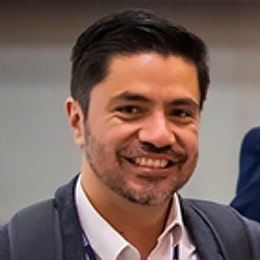
Emilio Bastidas
PhD Student
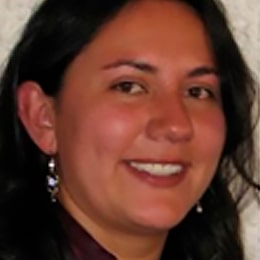
Magda Marcela Torres
PhD Student
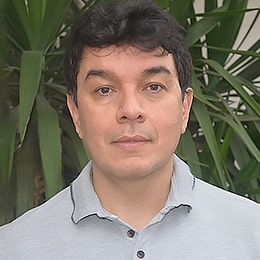
Fernando Márquez
PhD Student
Riascos-Ochoa J., Sánchez-Silva M., Akhavan-Tabatabaei R., 2014, Reliability analysis of shock-based deterioration using phase-type distributions. Probabilistic Engineering Me- chanics, 38, 88–101 (October).
Torres M.M., Sánchez-Silva M., Bastidas-Arteaga E., Schoefs F., Osma-Cruz J.F., 2014, Non-destructive methods for measuring chloride ingress into concrete: State-of-the-art and future challenges. Construction and Building Materials. 68 (15) 68-81.
Sánchez-Silva M., Klutke G-A and Rosowsky D., 2011, Life-cycle performance of structures subject to multiple deterioration mechanisms, Structural Safety, 33 (3), 206–217.
Bastidas E., Chateauneuf A. Sánchez-Silva M., Bressolette P. and Schoefs F., 2011, A comprehensive probabilistic model of chloride ingress in unsaturated concrete. Engineering Structures 33, 720-730.
Shiping Wei, Sánchez-Silva M., Trejo D., 2010, Microbial mediated deterioration of re- inforced concrete structures. International Journal of International Biodeterioration & Biodegradation, 64, 748-754.
Bastidas E., Schoefs F., Chateauneuf A. Sánchez-Silva M., and Capra B., 2010, Probabilis- tic evaluation of the sustainability of maintenance strategies for RC structures exposed to chloride ingress. International Journal of Engineering Under Uncertainty: Hazards, As- sessment and Mitigation, 2 (1-2), 61-74.
Kumar R., Gardoni P., Sánchez-Silva M., 2009, Effect of cumulative seismic damage and corrosion on life-cycle cost of reinforced concrete bridges. Earthquake Engineering and Structural Dynamics 38 (7), 887 – 905.

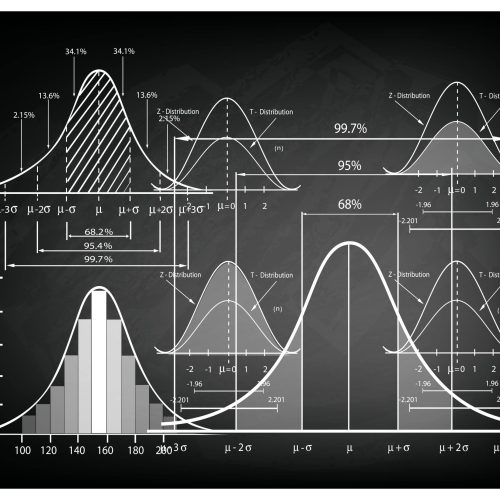
Risk is defined as the exceedance probability curve of the consequences that can be derived from an undesired event. An alternative measure is the expected value of the losses. These risk measures require a probabilistic evaluation of the physical performance or the operational processes of the system. Probabilistic analysis is essential to obtain evidence that support decisions. Additionally, nowadays it is possible to access large amounts of information that support the construction of these models. The development of data analytics and artificial intelligence tools play a very important role in risk assessment.
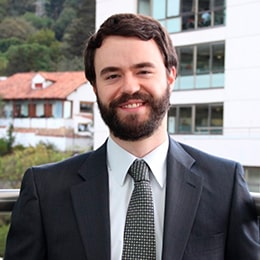
Rafael Amaya
PhD Student

Javier Riascos
PhD Student

Adriana M. Mesa
PhD Student

Lina Ximena Garzón
PhD Student

Lina León
MSc Student

María Camila Santos
MSc Student
Caro S., Castillo D., Sánchez-Silva M, 2014, Methodology to Model the Uncertainty of Ma- terial Properties in Asphalt Pavements. ASCE- Journal of Materials in Civil Engineering, 26(3) 440-448.
Caro, S., Masad, E., Sánchez-Silva, M., and Little, D., 2011, Stochastic micro-mechanical modeling of asphalt mixtures subjected to moisture diffusion processes. Int. J. Numer. Anal. Meth. Geomech, 35, 1079–1097.
Caro, S., E. Masad, Bhasin, A., Little, D. and Sánchez -Silva, M., 2010, Stochastic modeling of the effect of air voids on the mechanical performance of asphalt mixtures subjected to moisture diffusion. Journal of the Association of Asphalt Paving Technologists (AAPT), 79, 221-252.
Sánchez-Silva M., Rackwitz R., 2004, Implications of the Life Quality Index in the design of optimum structures to withstand earthquakes. J. of Structures, ASCE, 130(6), 969-977


Sustainable infrastructure is a central issue on the global agenda as mean to achieve the Sustainable Development Goals (SDGs); and is an essential issue to meet the goals of the Paris Agreement. The term “sustainable infrastructure” has traditionally been associated with building ecological, or “green,” infrastructure, but in practice it includes many other elements. For instance, it is essential to achieve inclusive growth and keep up productivity. A sustainable infrastructure must be efficient, durable, and should fit the local context. Sustainability also implies ensuring the financial resources to build and maintain the infrastructure operating satisfactorily throughout its entire lifetime, considering the preferences and needs of the population, and understanding the political and institutional dynamics to guarantee that projects will survive and fulfill their function throughout their entire lifecyle.
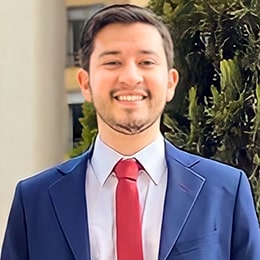
Armando del Gordo
MSc Student
Tesfamariam S., Sánchez-Silva M. and Rajeev P. , 2013, Effect of Material Properties and Topologic Irregularities on Life Cycle Cost Analysis of Reinforced Concrete Buildings. Journal of Earthquake Engineering, 17(4), 590-610.
Bastidas-Arteaga E., Bressolette P., Chateauneuf A. Sánchez-Silva M., 2009, Probabilistic life- time assessment of RC structures under coupled corrosion–fatigue deterioration processes. Structural Safety, 31, 84–96.
Sánchez-Silva M., Rosowsky D.V., 2008, Risk, reliability and sustainability in the developing world. ICE – Structures; Special issue on Structural sustainability, 161 (4), 189-198.
Within the area of risk analysis, reliability and sustainable infrastructure we have the doors open for those who want to do cutting-edge research at the undergraduate, master’s and PhD levels. Below you will find an overview of the opportunities we have


Currently we lead the emphasis on Infrastructure Systems, which is part of the Master’s program in Civil Engineering. Those students interested in joining this emphasis can check the requirements here.
Those students interested in doing their Master’s thesis in any of the main research areas of the group can send an email to Professor Mauricio Sánchez-Silva: [email protected].
Eventually there is the possibility of having funding for the master’s degree through a graduate assistance. The availability of these assistance depends fundamentally on the projects in progress.

The Doctorate is the last cycle of university studies; It is aimed at acquiring the skills and abilities to carry out quality scientific research. We continually have positions open for the Ph.D. in Engineering. The research topic is defined by mutual agreement between the advisor and the student, almost always within the research topics of the group. At the Faculty of Engineering. We are interested in connecting students who are motivated, creative, independent, innovative and willing to explore new ideas. We have a particular interest in linking candidates from all regions of Colombia, Latin America and the Caribbean.
The profile of the doctoral students who join us is as follows:
Engineer (any discipline), Mathematician or physicist, with an interest or experience in probability and statistics. Additionally, it is expected that he/she has some experience or interest in programming and / or data analytics. The candidate must have a Master’s degree (MSc), or has planned to obtain the title before starting the program. Additionally, an acceptable level of English is expected.
Eventually, the total or partial financing of the doctoral program is possible (e.g., first year / Enrollment). Before entering the program, the financing strategy must be defined; however, having secured funding facilitates the admission process. Information on the doctoral program of the Faculty of Engineering can be found here.
For more information on possibilities of joining the program, send an email to Professor Mauricio Sánchez-Silva ([email protected]) with a one-page summary of his resume a description of the topic of interest.
